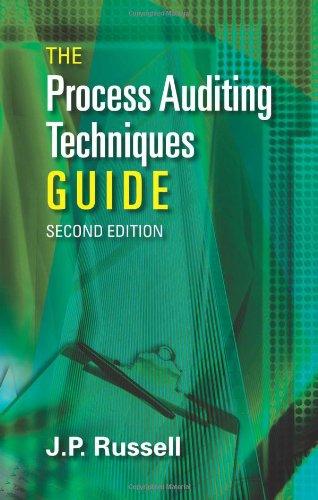Question
An advantage of nonstatistical sampling is that the auditor doesnt strictly follow statistical techniques to determine the sample size, select the sample, and measure sampling
An advantage of nonstatistical sampling is that the auditor doesnt strictly follow statistical techniques to determine the sample size, select the sample, and measure sampling risk when evaluating results. In this case the auditor must rely on professional judgment in combination with audit firm guidance and knowledge of the underlying statistical theories. This in turn creates the primary disadvantage of nonstatistical sampling in that auditor judgement may diverge significantly from sampling theory, resulting in testing that is not as effective as statistical sampling. There are ways that firms that use nonstatistical sampling that address this concern through establishing policies and procedures. Could this be a source of bias in the auditor's findings/conclusions?
Step by Step Solution
There are 3 Steps involved in it
Step: 1

Get Instant Access to Expert-Tailored Solutions
See step-by-step solutions with expert insights and AI powered tools for academic success
Step: 2

Step: 3

Ace Your Homework with AI
Get the answers you need in no time with our AI-driven, step-by-step assistance
Get Started


